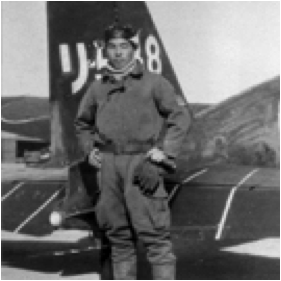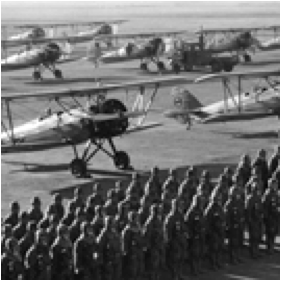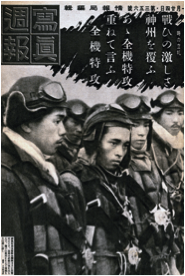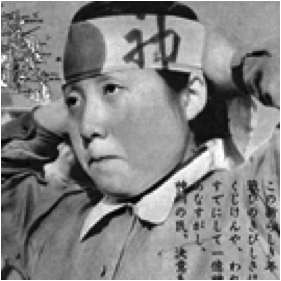SYNOPSIS http://www.edgewoodpictures.com/wingsofdefeat/synopsis.html#
2007 USA/Japan | English and Japanese with English subtitles | trt: 90min
Internationally, Kamikaze pilots remain a potent metaphor for fanaticism. In Japan, they are largely revered for their selfless sacrifice. Yet few outside Japan know that hundreds of kamikaze pilots survived the war. By the spring of 1945, when all Japanese planes were reassigned to kamikaze (Tokkotai) attacks, Japan could no longer defend its airspace and its naval fleet was demolished. Old airplanes and inadequate training resulted in many failed engines, leaving scores of pilots stranded. When Japan surrendered, hundreds of kamikaze trainees were awaiting sortie orders that never arrived.
Through rare interviews with surviving kamikaze pilots, we learn that the military demanded pilots volunteer to give up their lives. Retracing their journeys from teenagers to doomed pilots, a complex history of brutal training and ambivalent sacrifice is revealed. As U.S. firebombs incinerated its major cities and the country ran out of weapons and fuel, Japan’s military government refused to accept the reality that it could no longer fight. Instead they sent thousands of pilots off to targets nearly impossible to reach. Sixty years later, survivors in their eighties tell us about their training, their mindsets, their experiences in a kamikaze cockpit and what it meant to survive when thousands of their fellow pilots had died. Their stories insist we set aside our preconceptions to relive their all too human experiences with them. Ultimately, they help us question what responsibilities a government at war has to its soldiers and to its people.
SYNOPSIS http://www.edgewoodpictures.com/wingsofdefeat/synopsis.html#
2007 USA/Japan | English and Japanese with English subtitles | trt: 90min
Internationally, Kamikaze pilots remain a potent metaphor for fanaticism. In Japan, they are largely revered for their selfless sacrifice. Yet few outside Japan know that hundreds of kamikaze pilots survived the war. By the spring of 1945, when all Japanese planes were reassigned to kamikaze (Tokkotai) attacks, Japan could no longer defend its airspace and its naval fleet was demolished. Old airplanes and inadequate training resulted in many failed engines, leaving scores of pilots stranded. When Japan surrendered, hundreds of kamikaze trainees were awaiting sortie orders that never arrived.
Through rare interviews with surviving kamikaze pilots, we learn that the military demanded pilots volunteer to give up their lives. Retracing their journeys from teenagers to doomed pilots, a complex history of brutal training and ambivalent sacrifice is revealed. As U.S. firebombs incinerated its major cities and the country ran out of weapons and fuel, Japan’s military government refused to accept the reality that it could no longer fight. Instead they sent thousands of pilots off to targets nearly impossible to reach. Sixty years later, survivors in their eighties tell us about their training, their mindsets, their experiences in a kamikaze cockpit and what it meant to survive when thousands of their fellow pilots had died. Their stories insist we set aside our preconceptions to relive their all too human experiences with them. Ultimately, they help us question what responsibilities a government at war has to its soldiers and to its people.





